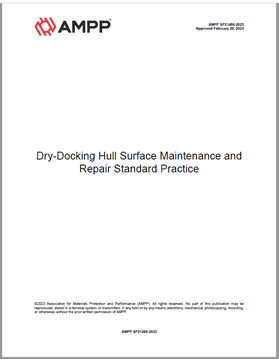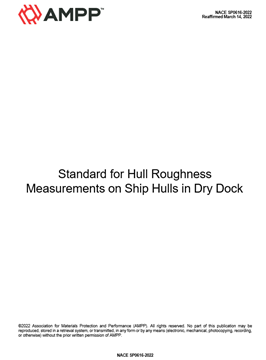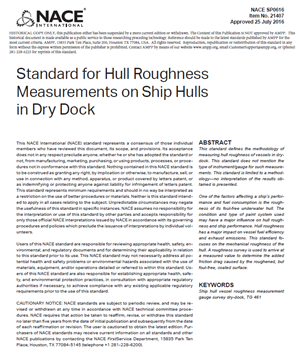Search
Products tagged with 'dry-dock'
View as
Sort by
Display
per page
AMPP SP21486-2023, Dry-Docking Hull Surface Maintenance and Repair Standard Practice
Product Number:
AMPP SP21486-2023
Publication Date:
2023
$109.00
NACE SP0616-2022, Standard for Hull Roughness Measurements on Ship Hulls in Dry Dock
Product Number:
NACE SP0616-2022
Publication Date:
2022
$109.00
SP0616-2016, Standard for Hull Roughness Measurements on Ship Hulls in Dry Dock
Product Number:
21407-SG
Publication Date:
2016
$179.00



